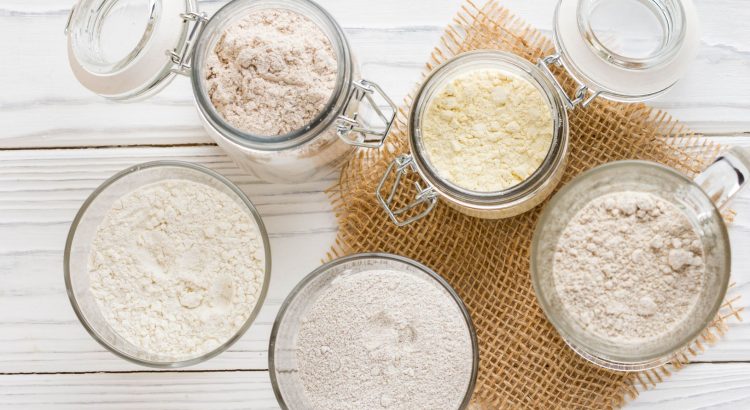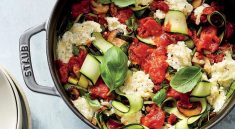The most crucial component in baking is flour. All-purpose flour has traditionally served as the foundation of baking, but as society develops, it becomes increasingly necessary to switch up the types of flour used in baking. Numerous factors could be at play, such as health, way of life, or simple preference. Therefore, bakers have started employing a variety of flours in their recipes over time. The primary defining factor is the protein level of the various flours used in baking. Let’s look at some of the commonly used flour types in baking.
Wheat flour
In baking, many recipes call for high-quality wheat flour, such as Spelt flour. The most protein is found in wheat flour, and as a result, it also has the most gluten. Whole wheat baking will undoubtedly increase the nutritious worth of your baked goods. Note that products made using wheat flour often have a thicker texture and are drier, which occurs if the batter or dough cannot maintain the required moisture content.
Cake flour
Made from soft wheat, cake flour is a sort of all-purpose flour. It has a relatively low protein content. Due to the kind of milling employed and the low protein concentration, the cake flour has a shallow gluten content. This makes it perfect for baking goods that you want to be fluffy and soft. It is a bleached flour, making it slightly whiter than all-purpose flour that isn’t bleached, and the granules of cake flour become less thick and fine after milling. Cake flour is perfect for use in muffins and cakes.
Bread Flour
Bread flour has a high protein level and contains a lot of gluten. So it is often helpful for making bread and other baked goods with a chewy texture. Wheat contains a lot of gluten, which makes bread flour—grinding the grain into a fine powder and sifting separate the bran and germ from the endosperm. The high protein content creates a sticky dough that results in incredibly chewy bread with a crunchy crust.
Self-raising flour
Baking powder, a leavening agent, is an ingredient in self-raising flour. Consequently, it makes doughs and batters rise. Compared to all-purpose flour, self-raising flour is lower in protein and gluten. The flour is frequently used in recipes that also call for yeast since it aids in aerating the batter or dough.
Gluten-free flour
Gluten-free flour is preferable because of the many health advantages grains have today. Gluten-free flour is strongly advisable for people with gluten intolerance who nevertheless want to appreciate and relish baked goods. The most prevailing types of gluten-free flour include almond, coconut, sorghum, tapioca, brown rice, and corn.
“gluten-free flour” refers to flour made from sprouted grains such as corn, ragi, sorghum, and millet grains. They are incredibly nutritious and greatly enhance the nutritional content of your baked goods.
However, working with them might not be as simple as working with regular all-purpose flour. When utilizing these flours, it is best to seek expert advice on the precise amount of flour to use and the best recipe.





